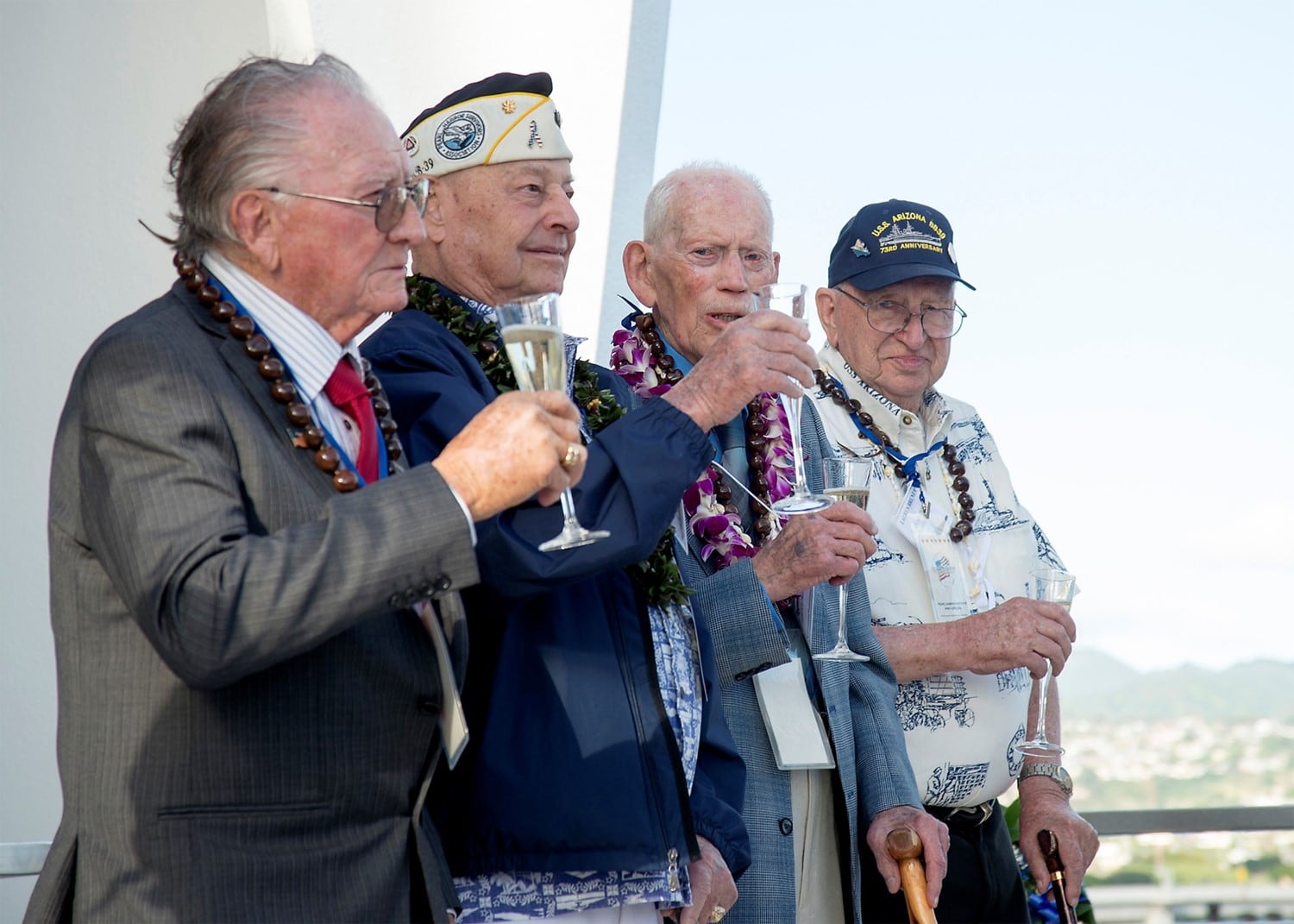Donald Stratton, a sailor who survived the Dec. 7, 1941, attack on Pearl Harbor with serious burns but returned to the war and later devoted his years to honoring the terrible sacrifice of his shipmates, died peacefully in his sleep Saturday, according to his social media profile.
He was 97 and passed away in his Colorado Springs, Colorado, home surrounded by his wife of nearly seven decades, Velma, and his son, Randy, a Facebook post stated.
“One of Donald’s final wishes was that people remember Pearl Harbor and the men aboard the USS Arizona. Share their story and never forget those who gave all for our great country,” it read.
As a seaman 1st class, Stratton had to scale three ladders to reach his battle station on board the battleship Arizona’s sky control platform before General Quarters sounded amid the bedlam of the Japanese attack that launched the United States into World War II.
His job was to direct four of the 5-inch guns in his portside section.
“We were firing," Stratton recalled in a 2006 interview with World War II magazine, a sister publication of Navy Times. “There were only 50 rounds of ammunition in the ready box behind each gun, and I could see that some of the crews had to break the locks off the boxes to load their guns.”
By the 2006 interview, Stratton was one of only a handful of Arizona survivors still alive.
Most of the crew — 1,177 officers and sailors — died on that terrible morning in 1941.
The vast majority of the Arizona’s survivors were ashore when the bombs fell and didn’t witness the carnage from the deck of the doomed battleship.
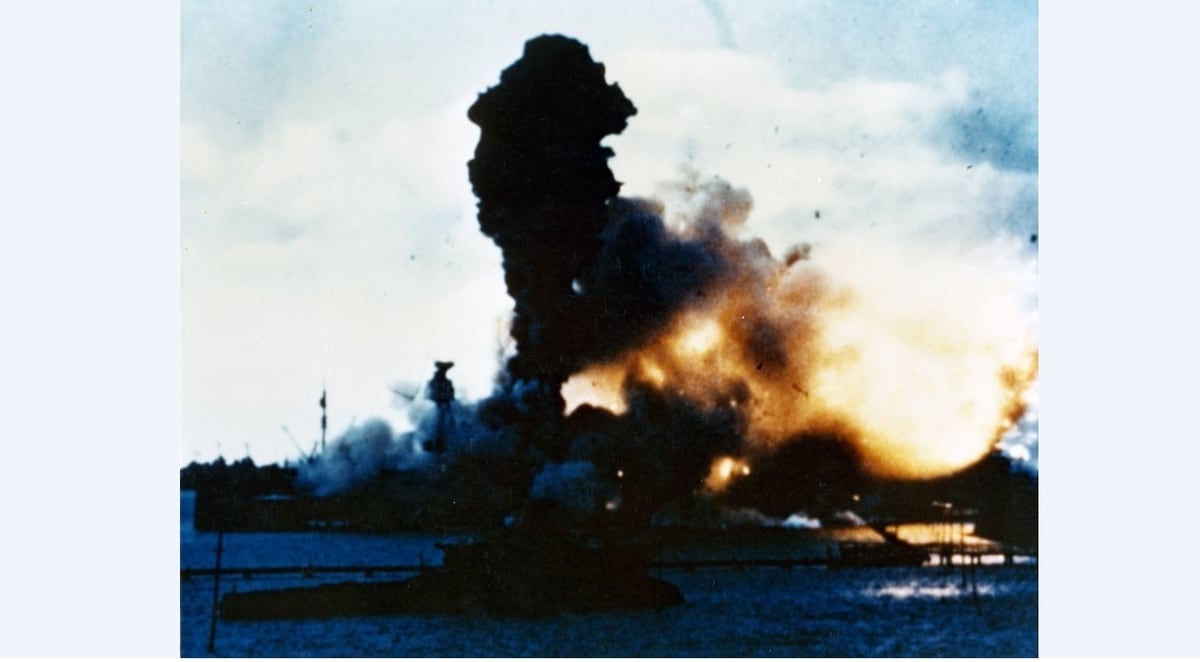
As the Japanese dive bombers found their target, Stratton’s guns blazed away for only six minutes.
An armor-piercing bomb from a Japanese plane struck near the Arizona’s Turret II, sawing through the steel deck, and within seven seconds ignited the magazines in the forward section of the warship.
“There was a ball of flame that went about 500 to 600 feet in the air, and it just engulfed the whole foremast up there where we were and the whole bow of the ship,” Stratton recalled.
The explosion cleaved the battleship in half, rained metal upon Ford Island and unleashed fires that raged for two days across what was left of Stratton’s vessel.
“As soon as I came to my senses, I tried to hide under some of the equipment to keep away from the blaze, but I still got burned," Stratton told World War II magazine. “The fire came right into the director.”
RELATED

Stratton was torched from thighs to ankle and across his back, arms and left torso, plus his face. He was burned bald on his head, and the flames had chewed through part of an ear.
More than three out of every five inches of his skin had been scorched.
And his ordeal wasn’t over. He and five other burned men staggered across a splintered warship that glowed red hot from blazes fueled by oil and munitions.
Six survivors banded together, looking for an escape route to the water, but never found one.
But then an alert sailor on board the nearby repair ship Vestal spotted them. After several tries, he tossed across a heaving line and heavy line so they could claw, four stories above the inferno, the 70 feet of rope to reach the Vestal’s deck.
Two of the six later died from their burns. Stratton was one of the four who made it.
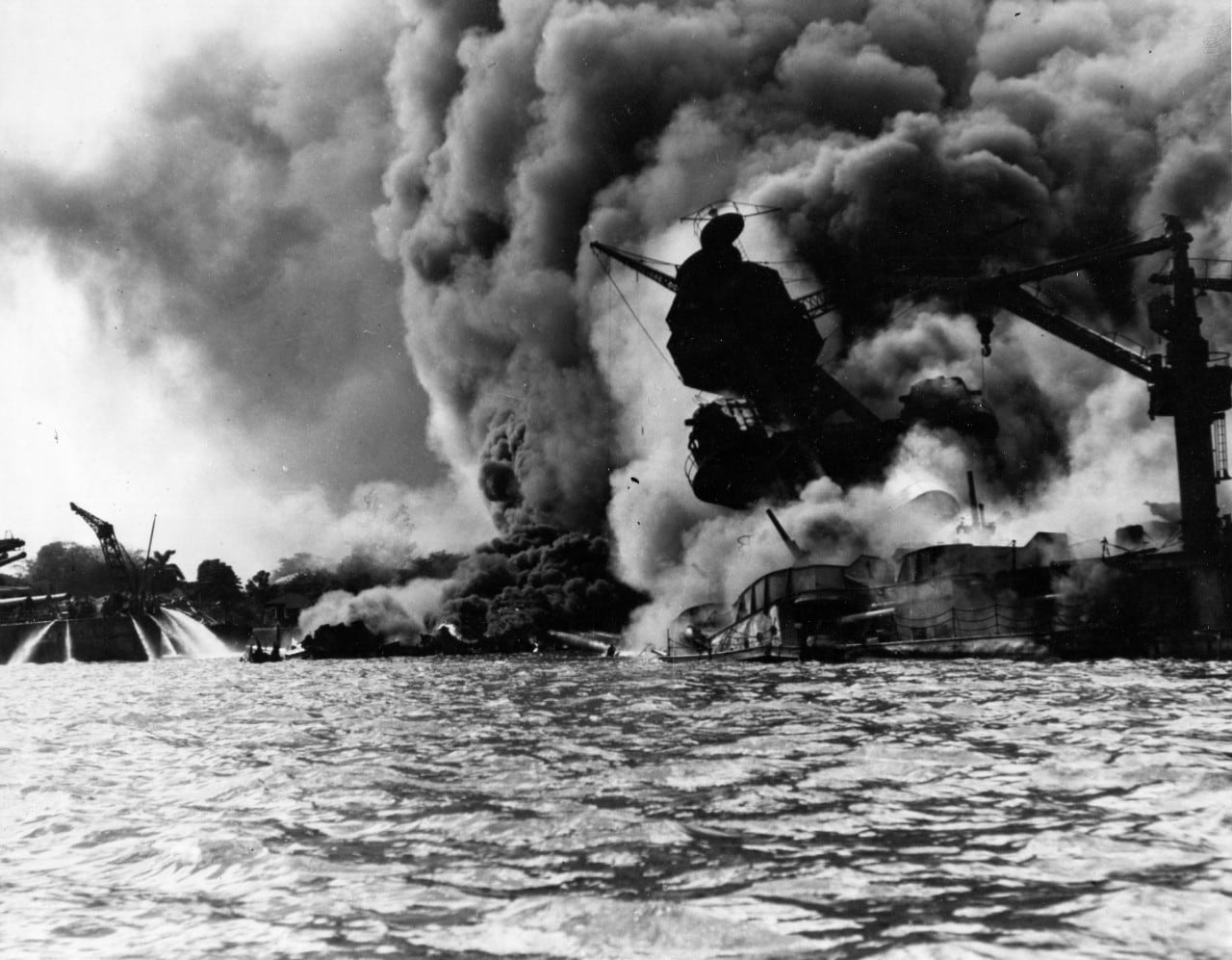
During his long recovery, Stratton’s military surgeons urged him to let them amputate his burned limbs, but Stratton refused and forced himself through the pain to relearn how to walk.
Medically discharged in late 1942, Stratton could’ve stayed out of the war. But about a year later he went back into the Navy through his draft board, which meant he had replay boot camp to prove he still could serve.
After graduation, he was posted to Naval Station Treasure Island in San Francisco Bay when he drew orders to report to the destroyer Stack as a gunner’s mate third class.
Stack survived New Guinea, the Philippines and then destroyer picket duty off Okinawa, Japan.
He survived America’s first great battle of the war and the nation’s last.
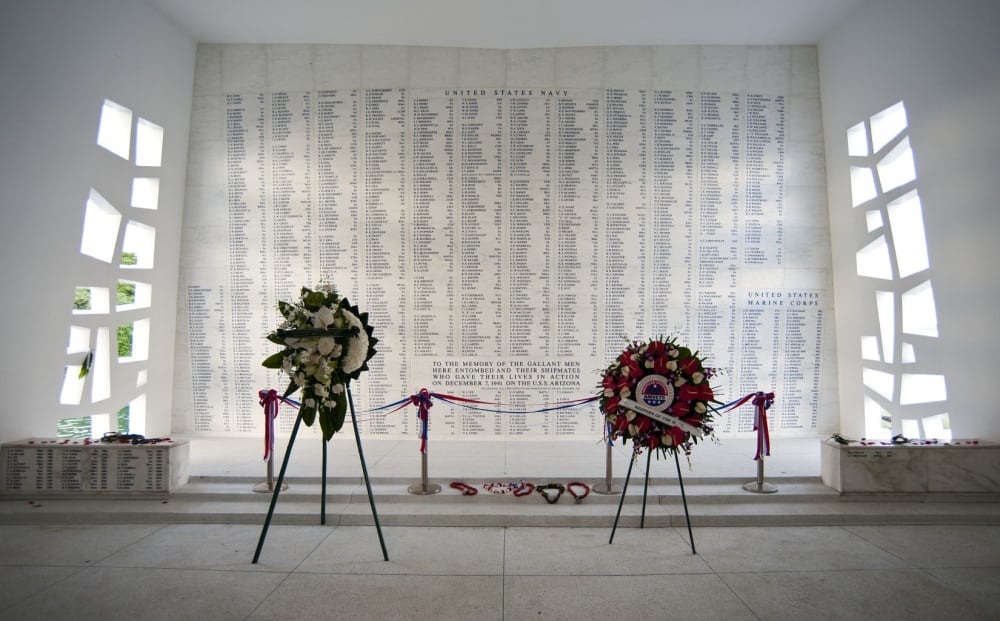
In 2001, Stratton began fighting the Pentagon bureaucracy and Congress to honor Joseph Leon George.
Boatswain’s Mate 2nd Class George was the alert sailor on board the Vestal heaving the lines to the Arizona, and Stratton had discovered he’d never been decorated for his lifesaving efforts.
A retired chief petty officer, George died in 1996 at the age of 80.
In 2017, Stratton and one of his fellow survivors, retired Navy Fire Control Chief Lauren Bruner, traveled to Washington, D.C., to personally petition Congress and President Donald J. Trump to award a posthumous medal to George.
And they won their final battle of World War II.
On Dec. 7, 2017, George’s family received on his behalf a Bronze Star with a "V" device for battlefield valor.
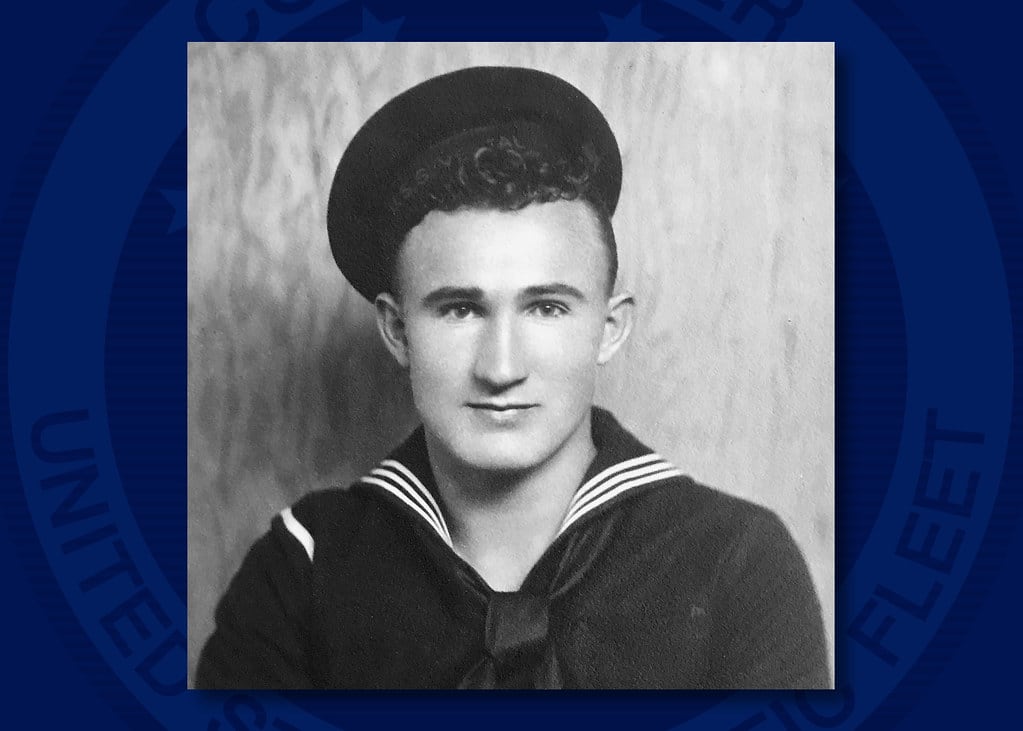
Bruner died Sept. 10, 2019, at age 98.
On Dec. 7, 2019, he became the last Pearl Harbor survivor to be interred inside the Arizona.
The co-author of the bestselling “All the Gallant Men: An American Sailor’s Firsthand Account of Pearl Harbor,” Donald Stratton is survived by his wife, Velma; children Robert, Randy, Gypsy and Roxanne Jo; plus 13 grandchildren and great-grandchildren.
This is a breaking story, and Navy Times will continue to update it.
Prine came to Navy Times after stints at the San Diego Union-Tribune and Pittsburgh Tribune-Review. He served in the Marine Corps and the Pennsylvania Army National Guard. His awards include the Joseph Galloway Award for Distinguished Reporting on the military, a first prize from Investigative Reporters & Editors and the Combat Infantryman Badge.
